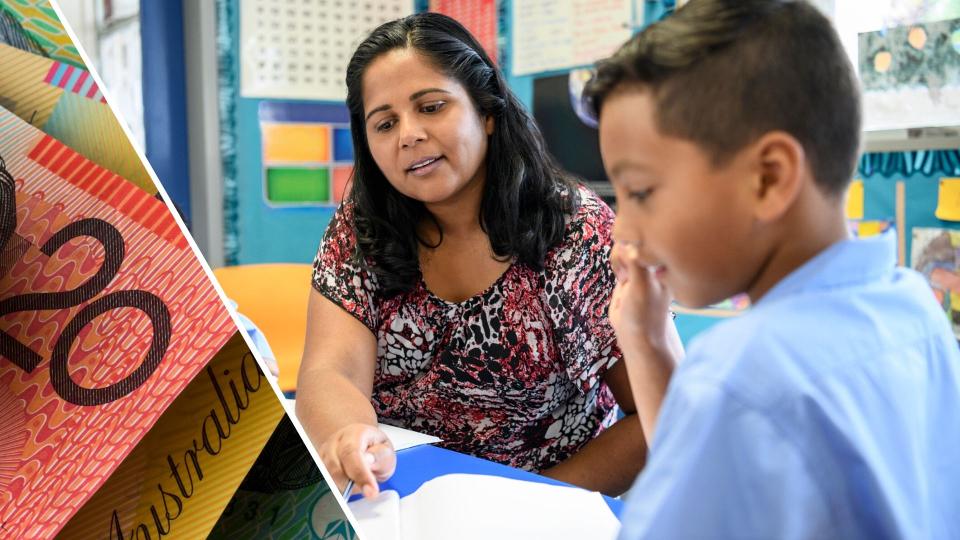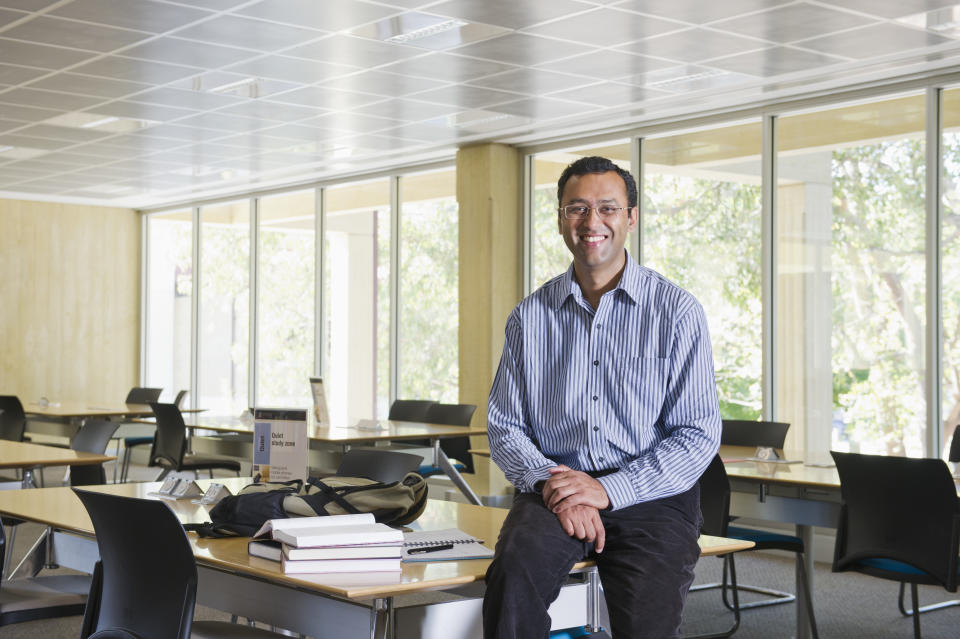New proposal to pay top teachers $180k

Australia’s top teachers could be paid salaries of up to $180,000 under a new proposal from the Grattan Institute designed to improve Australian schools.
Related story: Here’s what it was really like to be a teacher in 2019
Related story: The $160,000 job that bosses can’t fill
Related story: Caution required in turning NAPLAN into 'high-stakes test': Grattan Institute
The report, Top teachers: sharing expertise to improve teaching, proposes the top 1 per cent of Australian teachers become ‘Master Teachers’, who have no formal classroom workload but would act as the leader of their subject.
They would focus on specific areas like English, maths and science and would guide ‘Instructional Specialists’, made up of the top 8 per cent of the teaching workforce. The new salary of $180,000 would also be $80,000 more than the highest standard rate for Australian teachers.
These specialists would split their time between teaching in the classroom and supporting other teachers in their schools. They would be paid up to $140,000.
Grattan believes the two new roles would boost student learning by 18 months by the time they reached age 15 and further professionalise teaching. The institute also believes the new roles would help ease the strain placed on top teachers by informal coaching roles.
“Instructional leader roles are not subject-specific enough, and the people in them don’t get enough time to do their job effectively,” Grattan education experts Peter Goss and Julie Sonnermann wrote.
“Teachers tell us instructional leader advice is inconsistent over time, and that the best teachers are not promoted into the positions. Principals report that program funding chops and changes, making it difficult to embed real change.”
The two said the new roles would represent a “big shift” but that professional learning would be better resourced, and every teacher would have at least one hour a week with an Instructional Specialist in their area.
How would teachers be selected and how much would it cost?

Teachers would be elevated to the new positions based on selection panels including subject experts, and would need to prove their ability to help other teachers improve their teaching.
Teachers also need to hold Highly Accomplished and Lead Teacher (HALT) Network certification.
By 2032, Grattan says at least 20,000 Instructional Specialists and 2,500 Maser Teaches would require $560 per government school student a year.
‘Broad consultation is needed’: Education union
Australian Education Union (AEU) federal president Correna Haythorpe said the union has always advocated for Lead Teachers and Highly Accomplished teachers, noting the importance of recognising skilled teachers and providing pathways to higher remuneration for teachers at their best.
“However this requires finding new sources of funding and should not be taken from recurrent funding for our schools,” Haythorpe said.
“The Grattan Institute’s proposal to have an entirely new career pathway for teachers has not been the subject of broad consultation within the teaching profession.”
Haythorpe said state and territories already have educational leadership positions within their frameworks, and the Grattan Institute’s proposal requires broad consulation before being implemented.
“Public schools are already facing significant resources shortages because they will not meet 100 per cent of the Schooling Resource Standard (SRS) by 2023 under the Morrison Government’s school funding agreements.
“Any plan that proposes taking a share of this funding will have wide-reaching ramifications for students in public schools. It is imperative that all schools reach a minimum of 100% of the SRS.”
Aussie students’ falling results
The proposal follows Australian students’ worst results in international results since 2000, with Australia for the first time last year failing to exceed the OECD average in maths.
Federal Education Minister Dan Tehan described the December 2019 results as “very disappointing” and something that should “have alarm bells ringing”.
Make your money work with Yahoo Finance’s daily newsletter. Sign up here and stay on top of the latest money, property and tech news.

 Yahoo Finance
Yahoo Finance 
